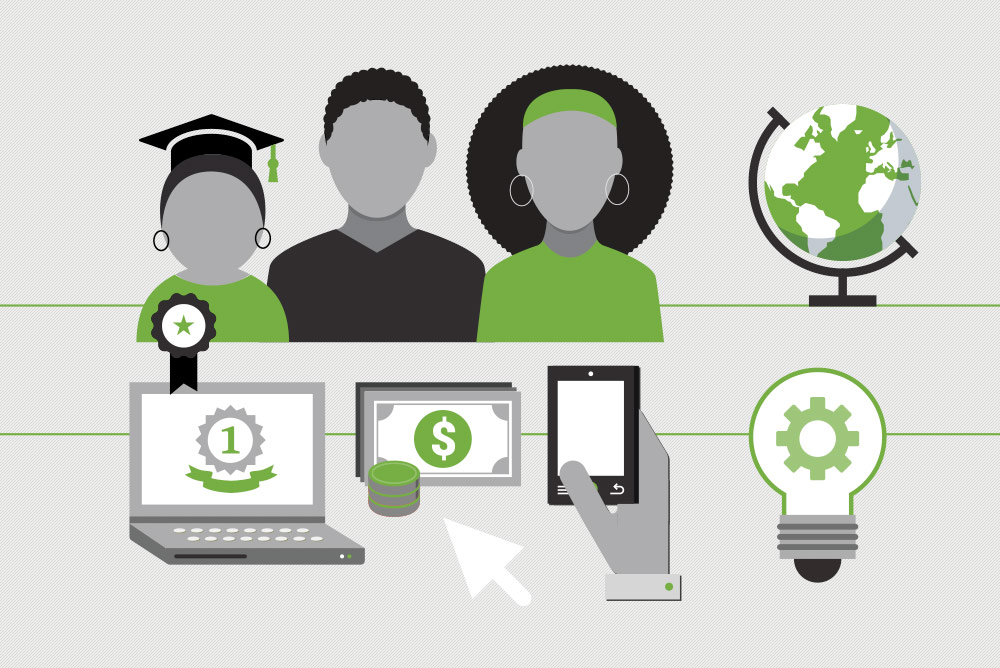As the world comes to grips with the scope and ambition of the Sustainable Development Goals (SDGs), one theme continually rises to the surface: financing.
The figures are daunting, at a scale that is difficult to comprehend. According to the World Investment Report 2014, developing countries face an annual investment financing gap of $2.5 trillion. The 2015 Addis Ababa Action Agenda on financing for development, agreed upon by all countries in the lead-up to SDG endorsement, rightly established financing of the goals as key priority.
In the education sector, the International Commission on Financing Global Education Opportunity, the Global Partnership for Education, and others are grappling with ways and means of closing the estimated $39 billion funding gap per annum in low and lower middle-income countries to meet the ambitions of SDG 4 (ensure inclusive and equitable quality education and promote lifelong learning opportunities for all). To put the education funding gap in perspective, $39 billion represents just 1.6 percent of the $2.5 trillion annual investment shortfall (the Financing Commission calculates an even larger education funding gap, and advocates for annual spending to grow steadily from $1.2 trillion per year in 2016 to $3 trillion per annum by 2030).
Click here to read the rest of the article on Brookings.edu.

